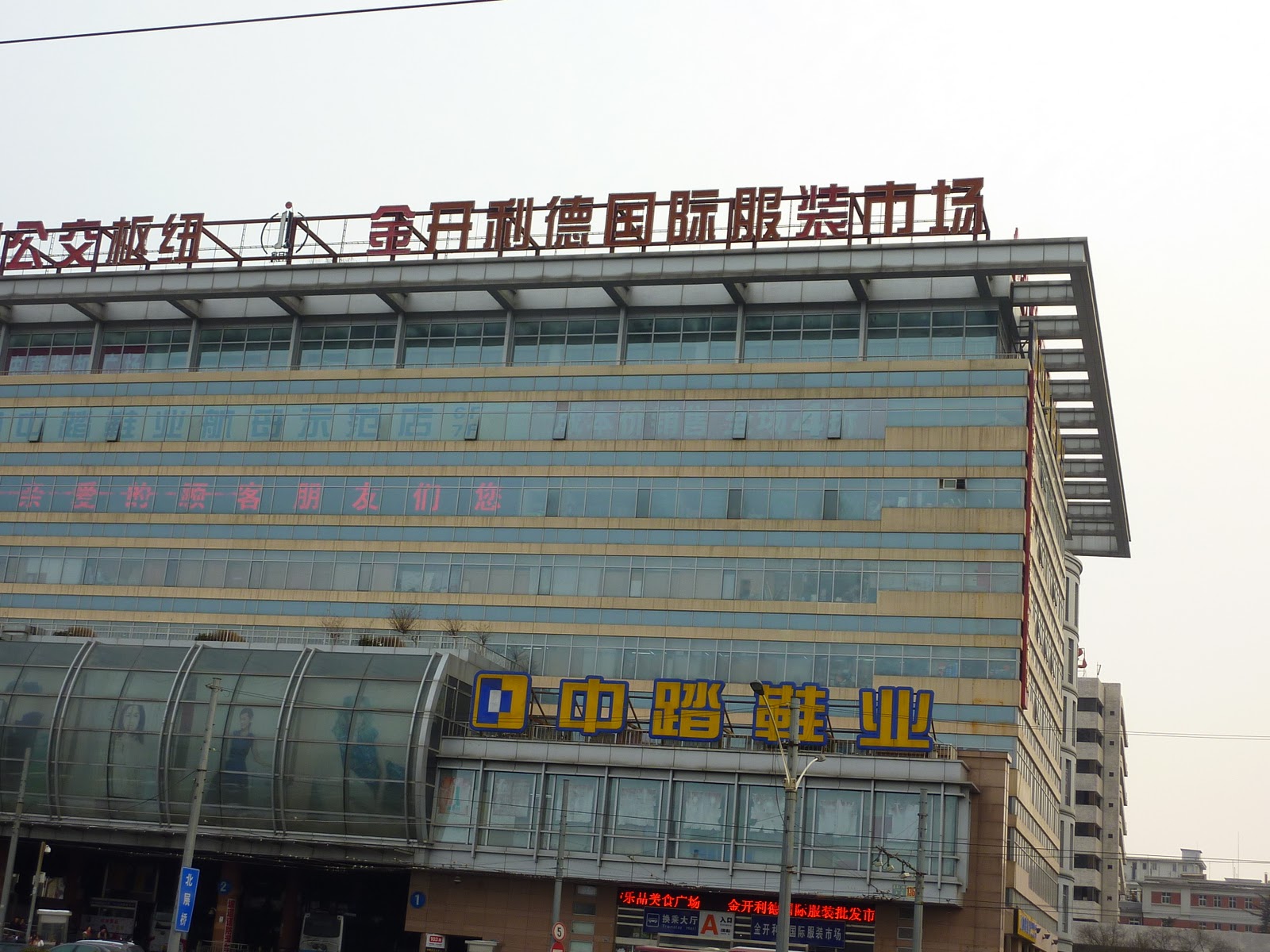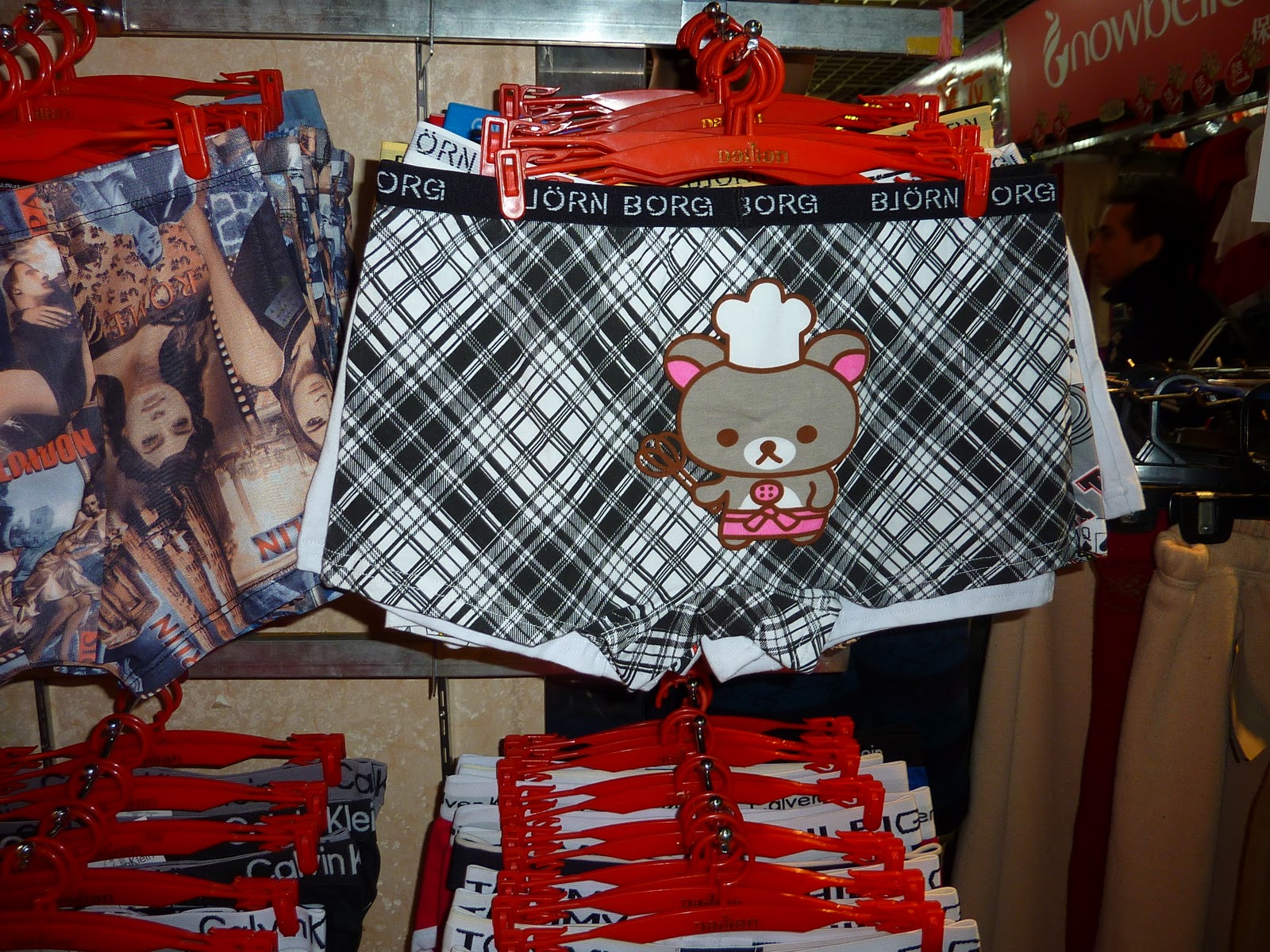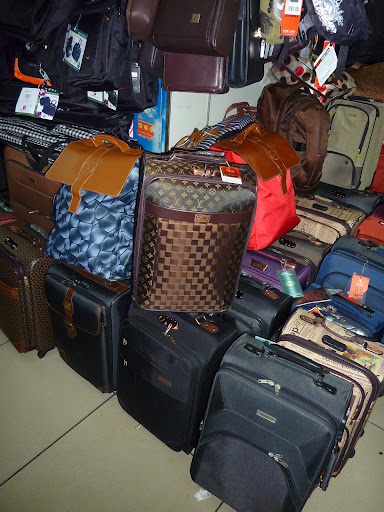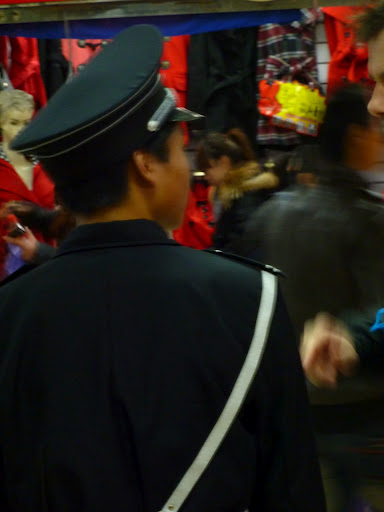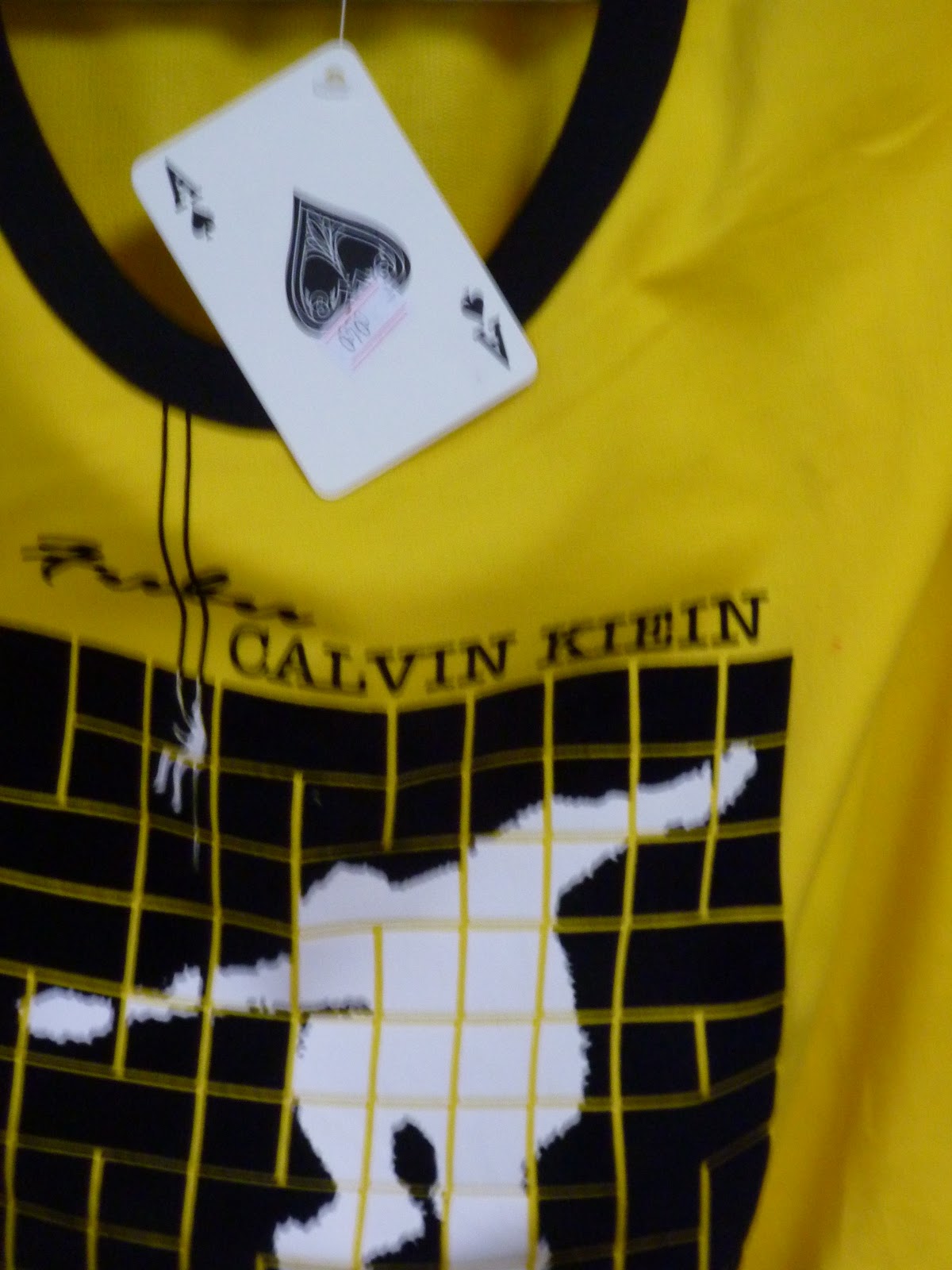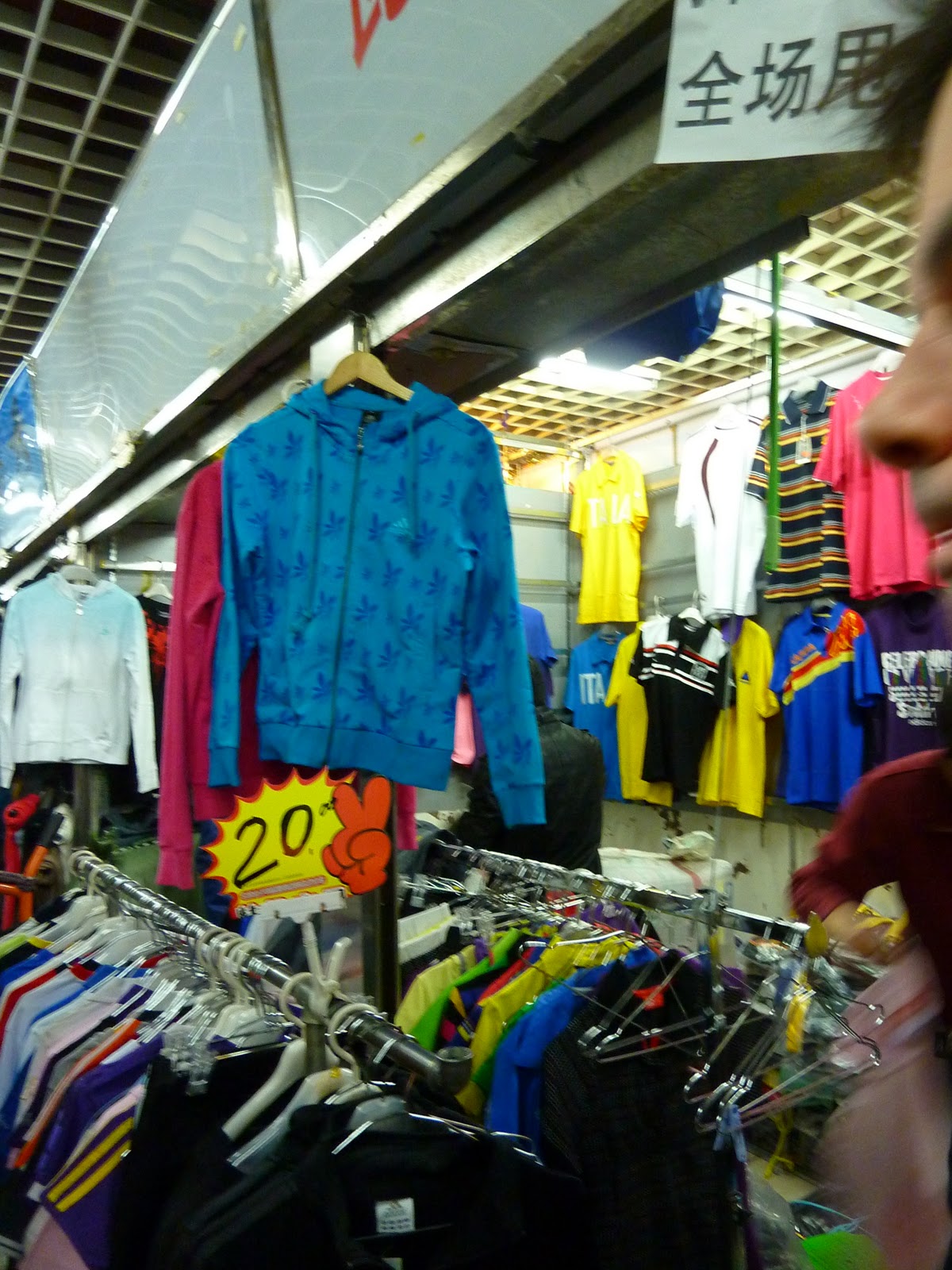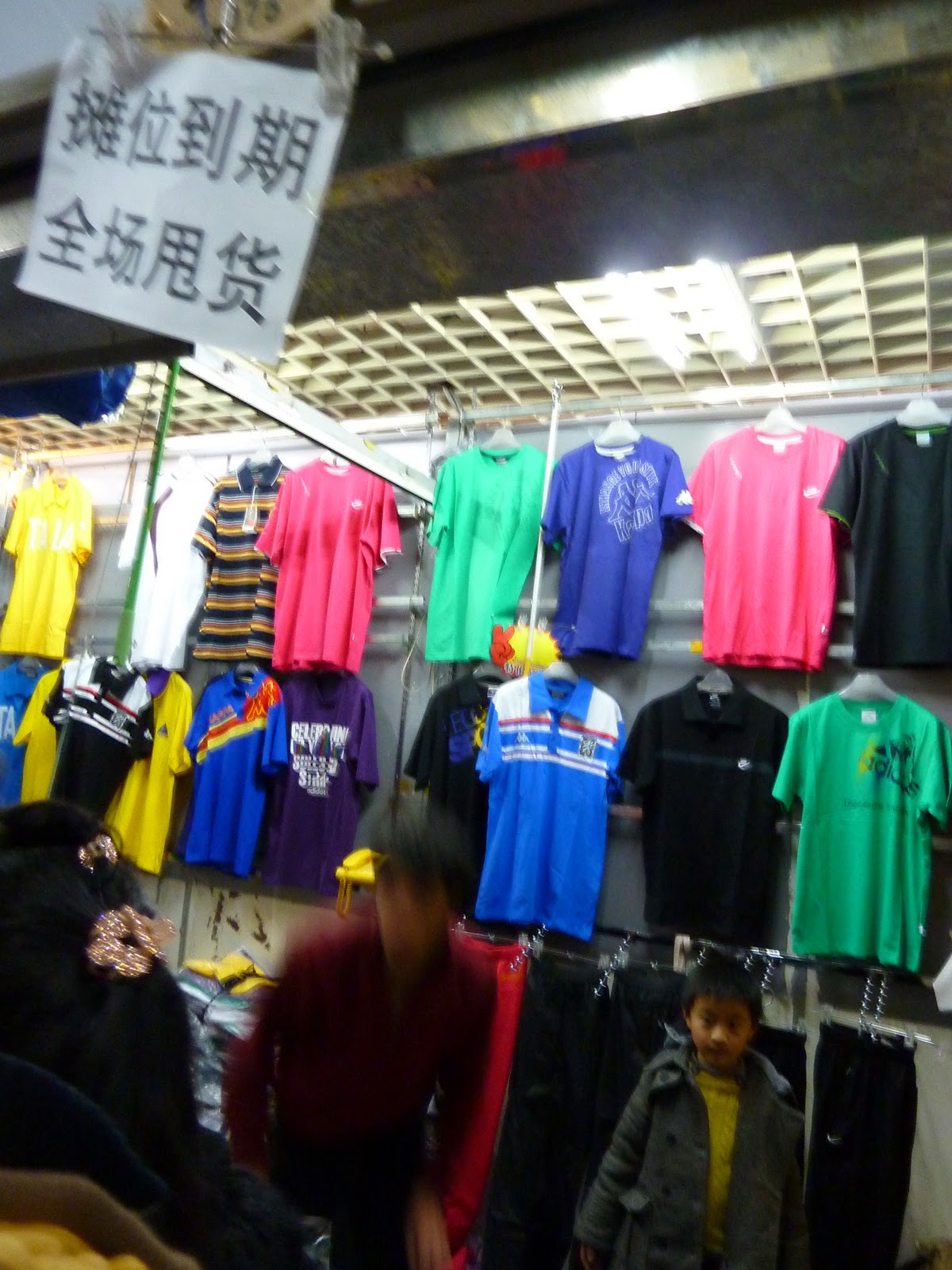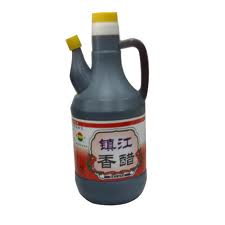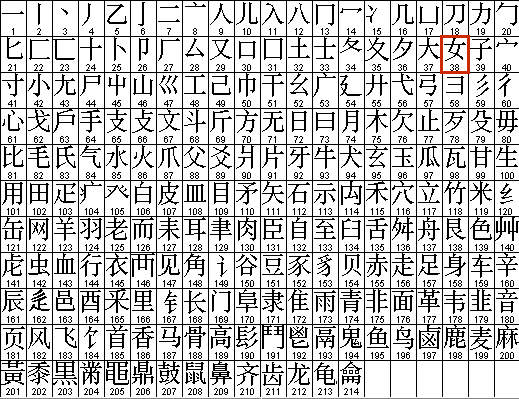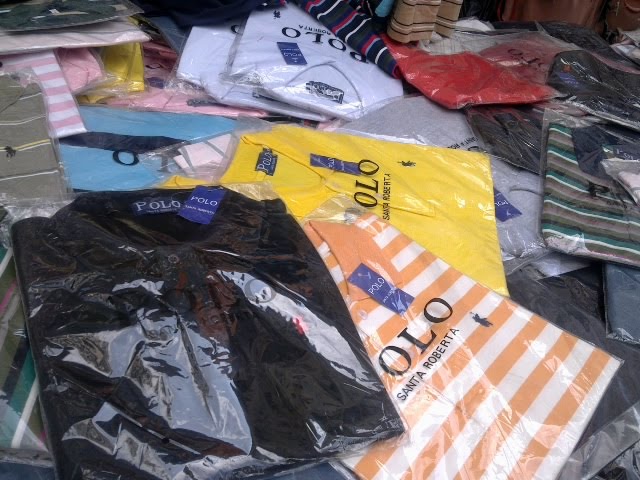When people outside the field of intellectual property rights strike a conversation with you about something related to IP you know it has caught the public imagination. 50 Chinese writers united in the ‘Publishing World Anti-Baidu Infringement Coalition’ have written an open letter on March 15 in which Baidu was accused of making available via its Wenku site copyrighted works without their prior approval.
What is Baidu Wenku?
It’s a document sharing platform launched November 2009 under the name Baidu 百度 Zhidao 知道 which means Baidu “knowledge” or Baidu “knows”. In December 2009 the name was changed into Baidu Wenku 文库 literally collection of documents. Internet users are given an incentive to upload documents, because they are getting point for it. With these points they can “buy” premium documents. According to Steven Chow of China Online Marketing Baidu Wenku has over 200 million documents. Read here.
Baidu said that it already had measures in place: A website were copyright holders can complain http:/tousu.baidu.com/wenku. Baidu says that it deletes infringing content within 48 hours. According to Baidu it has received and deleted tens of thousands of infringing items uploaded by internet users. The question is, according to China’s laws and regulations, when is an online service provider such as Baidu contributorily liable? For this one needs to peruse the Regulation on Protection to Network Dissemination of Information, which was implemented in July 2006 and is still very relevant.
Article 15: “The network service provider, after receiving notification from the owner, shall
immediately delete or disconnect the link to the work, performance, or audio-visual recording suspected of infringing on an other’s right, and meanwhile shall transfer the notification to the service object of the work, performance, or audio-visual recording; if the network address of the service object is not clear and the notification cannot be transferred, the network service provider shall publicize the content of the notification through the information network.”
Article 22: “Under the following circumstances, a network service provider that provides information
storage space to a service object or provides works, performances, or audio-visual recordings to the
public through the information network, shall not be liable for compensation:
1. Having clearly mentioned that the information storage space is provided to the service object, and also having publicized the name, contact information, and web address of the network service provider;
2. Having not altered the work, performance, or audio-visual recording provided to the service object;
3. Having not known and having no justified reason to know that the works, performances, or audio-visual recordings provided by the service object have infringed upon an other’s right;
4. Having not directly obtained economic benefits from the service object’s provision of the work, performance, or audio-visual recording;
5. After receiving the notification from the owner, having deleted the work, performance, or audiovisual
regarded as infringing on the right of the owner according to the provisions of this regulation.”
One could argue that Baidu “altered the work” by categorising it, and should have known that internet users upload pirated works. It even gives an incentive for internet users to upload, regardless of whether the work is pirated or not. Wang Ziqiang/Zhicheng, director of the copyright management department of the National Copyright Administration of China (NCAC) was quoted by Mu Xuequan of Xinhua saying that copyright law enforcement organs will determine whether Baidu has violated relevant laws and regulations after their investigation. Read here.
The People’s Daily reports that Baidu has deleted on March 30th, the pirated works from its Wenku site.
April 11, Baidu will unveil a “copyright DNA identification” technology that should prevent internet users to upload pirated works.
“Industry insiders said that as China’s largest search engine, Baidu’s move of taking down all pirated literary works indicates that free stuff on the Chinese Internet may be gradually disappearing.”
Quite a sweeping statement. Read here.


